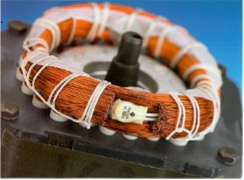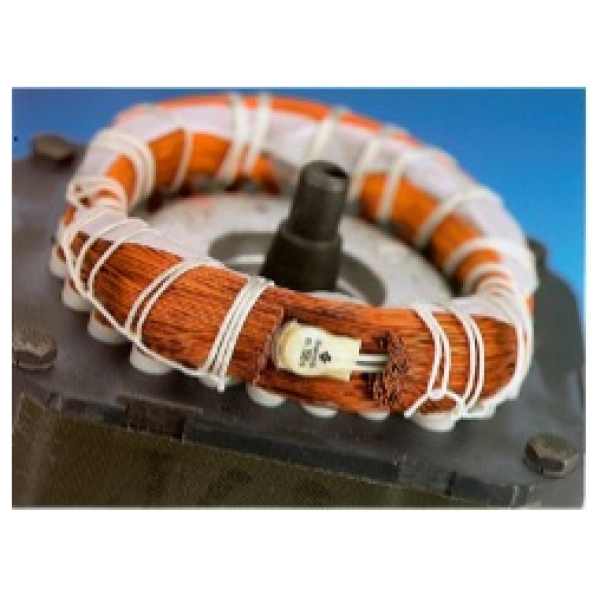| CH6 | SH6 | CRH | SRH |
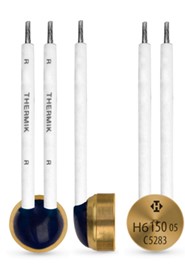 |
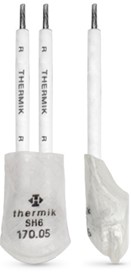 |
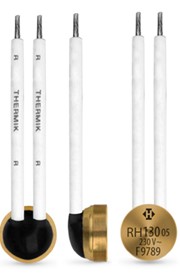 |
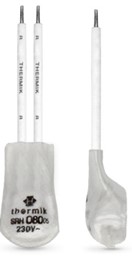 |
| Switching mode | NC contact CH6 resetting |
NC contact SH6 resetting |
NC contact CRH resetting |
NC contact SRH6 resetting |
| Insulated: Insulation cap | No | Yes | No | Yes |
| Temperature | ||||
| Nominal switching temperature (NST) in 5 K steps °C | 60 – 200 | 60 – 180 | ||
| Tolerance range NST < 140 °C Tol (K) | + 5 | |||
| Tolerance range NST >140 °C Tol (K) | + 10 | |||
| Reverse Switch Temperature (RST below NST) UL (defined RST possible on request) VDE |
≥ 35 ≥ 35 |
|||
| Tension | ||||
| max. operating voltage range up to … | 500 VAC / 28 V DC | 250 VAC | ||
| Rated voltage Un 50/60 Hz | 250 (VDE), 277 (UL) | 120 / 230 ( VDE), 250 (UL) | ||
| Current / switching cycles | ||||
| Rated current – cos φ = 1.0 [A] / [n] | 13,5/ 10’000 | 13,5 / 300 | ||
| Rated current – cos φ = 0.6 [A] / [n] | 9,0 / 10’000 | 9,0 / 300 | ||
| Rated current – cos φ= 1.0 [A] / [n] | 35,0 */ 2’000 | 42,0 / 300 | ||
| Rated voltage DC [A] / [n | 24 | |||
| Max. Switching current DC [A] / [n] | 60 / 10’000 | |||
| Additional specifications | ||||
| High-voltage strength (kV) | — | 2 | — | 2 |
| Total bounce time (ms) | < 1 | |||
| Contact resistance (according to MIL-STD R5757) (mΩ) | < 50 | |||
| Vibration resistance 10 … 60 Hz (m/s2) | 100 | |||
| Compressive strength of the switch housing (N) | 600 | |||
| Suitable for installation in protection class | I | I + II | I | I + II |
| Impregnation resistance | ||||
| Available Licenses and Approvals | ||||
| please specify | IEC, VDE, UL, CQC, CMJ | IEC, ENEC, VDE, UL, CSA | ||
| Dimensions (standard) | ||||
| Diameter Ø d (mm) | 9,0 | 9,4 | 9,0 | 9,4 |
| Overall height h (mm) | from 6.8 | from 7.2 | from 6.6 | from 7.0 |
| Length of the insulation cap (mm) | — | 17,0 | — | 17,0 |
| * Standard connection | Stranded wire: 1.00 mm2/AWG 18 | |||
| Typical current dependency characteristics | ||||
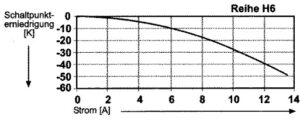 |
Dependent on… – Thermal coupling – Application area – Installation conditions – External influences – Cable length – Cable cross-section
|
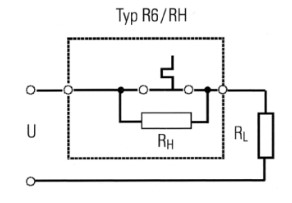 |
||
| CH6 | SH6 | CRH | SRH |
 |
 |
 |
 |
Note
The data and information provided are based on tests and test series. They are intended as a guide, which is why there may be deviations for individual applications and uses. The suitability in a specific application must be checked by the user in each individual case.



